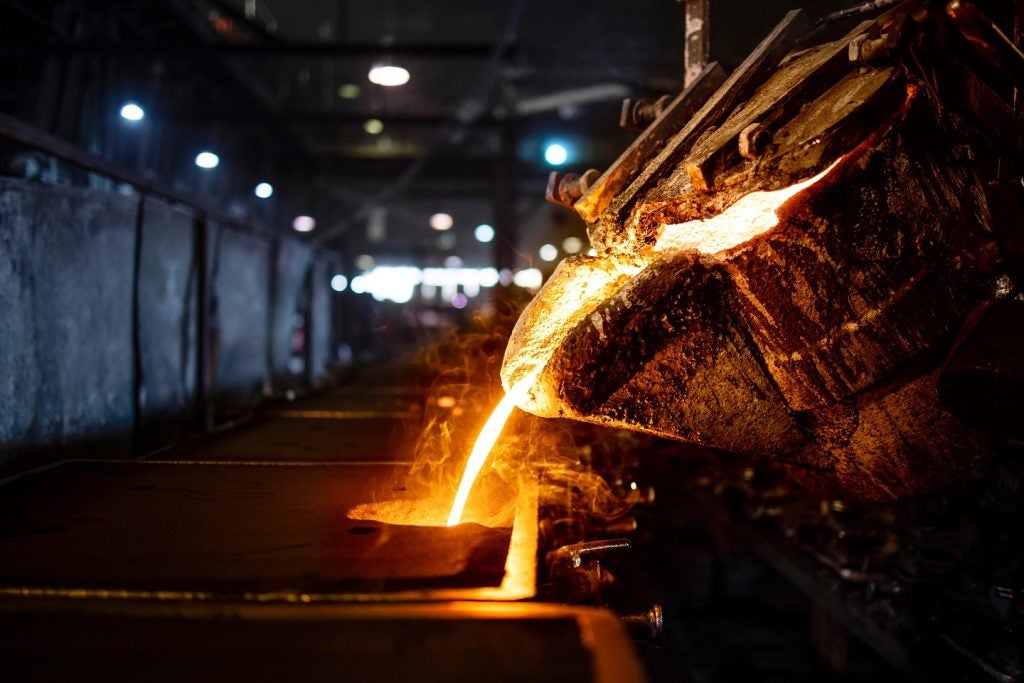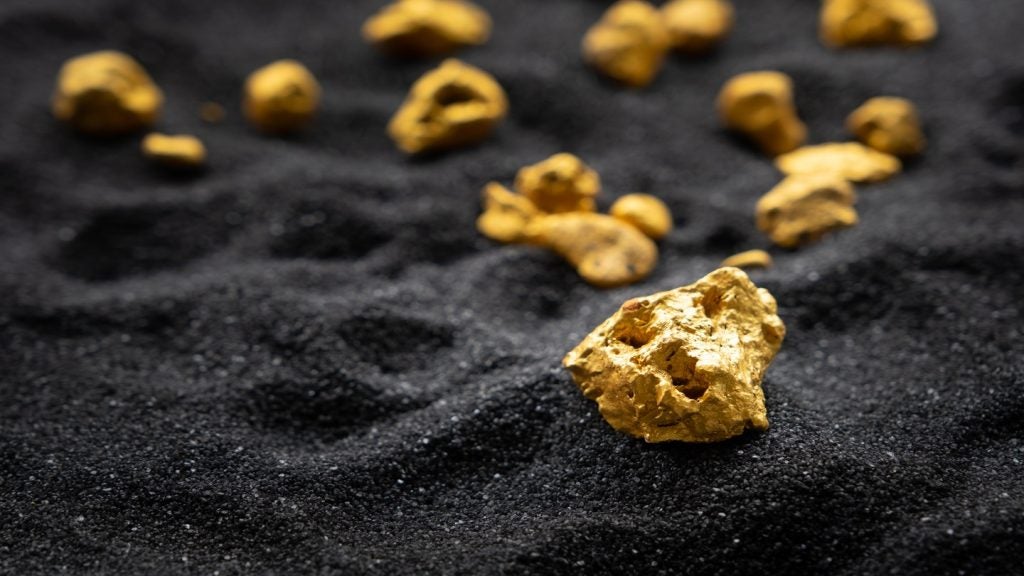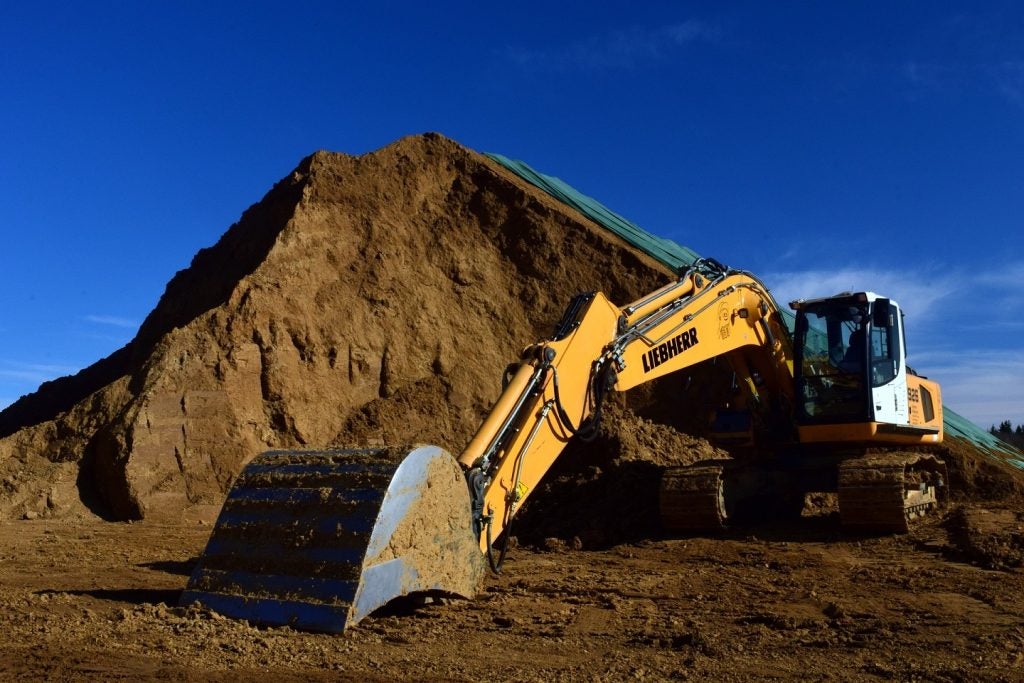Rio Tinto and Australian Renewable Energy Agency (ARENA) have teamed up to study the feasibility of replacing natural gas with hydrogen in alumina refineries to reduce emissions.
The partners will assess the use of clean hydrogen in the calcination process of refining at the Yarwun aumina refinery in Gladstone.
The programme comprises two distinct work packages. It includes the simulation of the calcination process using a lab scale reactor at Rio Tinto’s Bundoora Technical Development Centre in Melbourne, Victoria.
Another package is a preliminary engineering and design study to be carried out at Rio Tinto’s Yarwun alumina refinery in Gladstone, Queensland. The aim is to assess the construction and operational needs of a potential demonstration project at the site.
Rio Tinto Aluminium Pacific Operations acting managing director Daniel van der Westhuizen said: “We’re investing in work that needs to be done, not only to decarbonise one of our sites, but also to help provide a lower-emissions pathway for Rio Tinto and the global aluminium industry.
“We recognise we are on a long road towards reducing emissions across our operations and there is clearly more work to be done. But projects such as this are an important part of helping us get there.”
How well do you really know your competitors?
Access the most comprehensive Company Profiles on the market, powered by GlobalData. Save hours of research. Gain competitive edge.

Thank you!
Your download email will arrive shortly
Not ready to buy yet? Download a free sample
We are confident about the unique quality of our Company Profiles. However, we want you to make the most beneficial decision for your business, so we offer a free sample that you can download by submitting the below form
By GlobalDataThe A$1.2m ($913,410) feasibility study is being funded equally by ARENA and Rio Tinto.
ARENA CEO Darren Miller said the replacement of fossil fuels with clean hydrogen in the refining process for alumina could reduce emissions in the energy and emissions-intensive refining stage of the aluminium supply chain.
Miller noted: “Exploring these new clean energy technologies and methods is a crucial step towards producing green aluminium. This study will investigate a potential technology that can contribute to the decarbonisation of the Australian alumina industry.
“If successful, the technical and commercial lessons from Rio Tinto’s study could lead to the implementation of hydrogen calcination technology, not only in Australia but also internationally.”
Rio Tinto currently contributes to nearly a third of Australia’s total alumina production capacity. The firm has set a 2050 target for achieving net-zero emissions across its operations.







